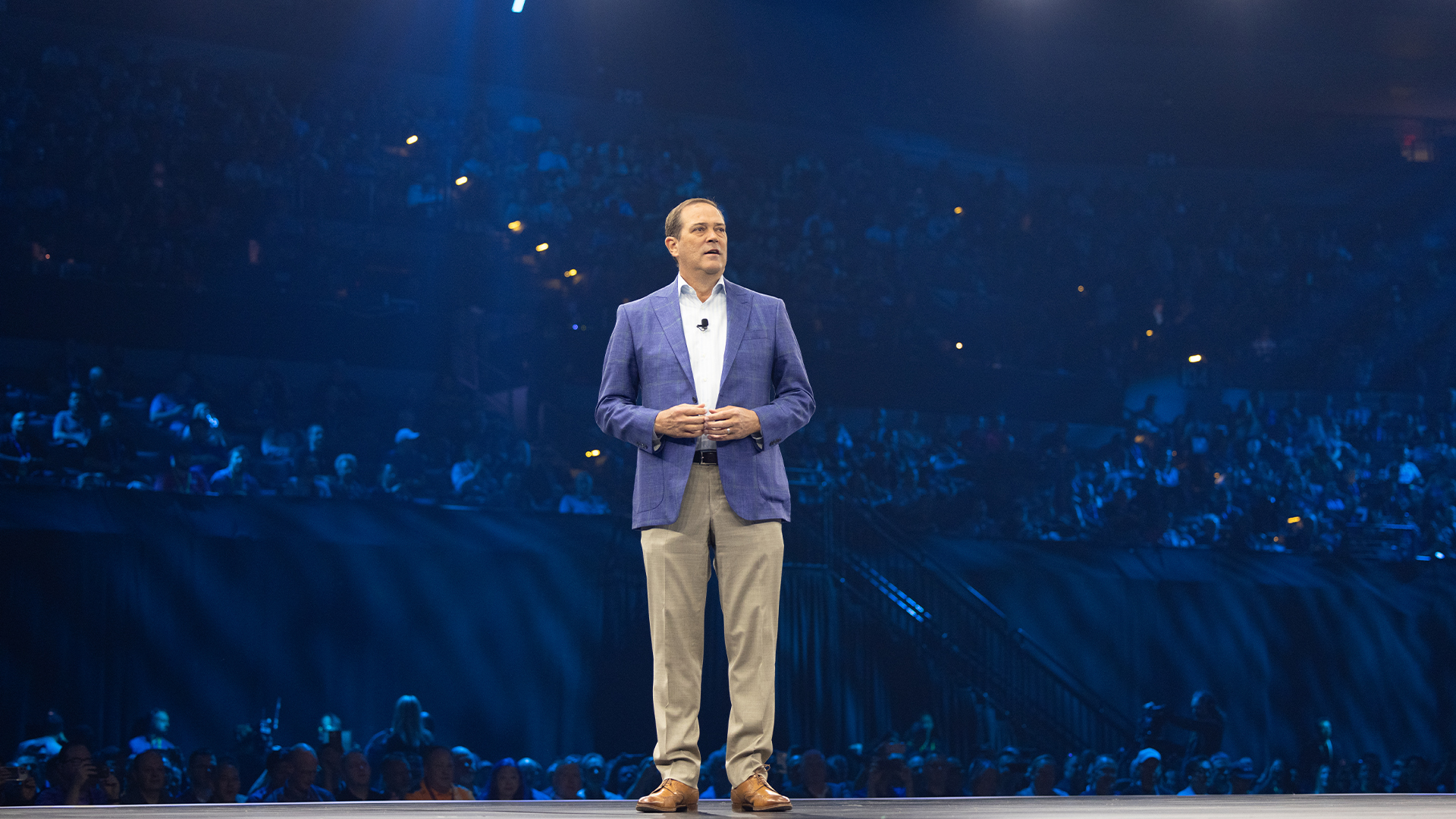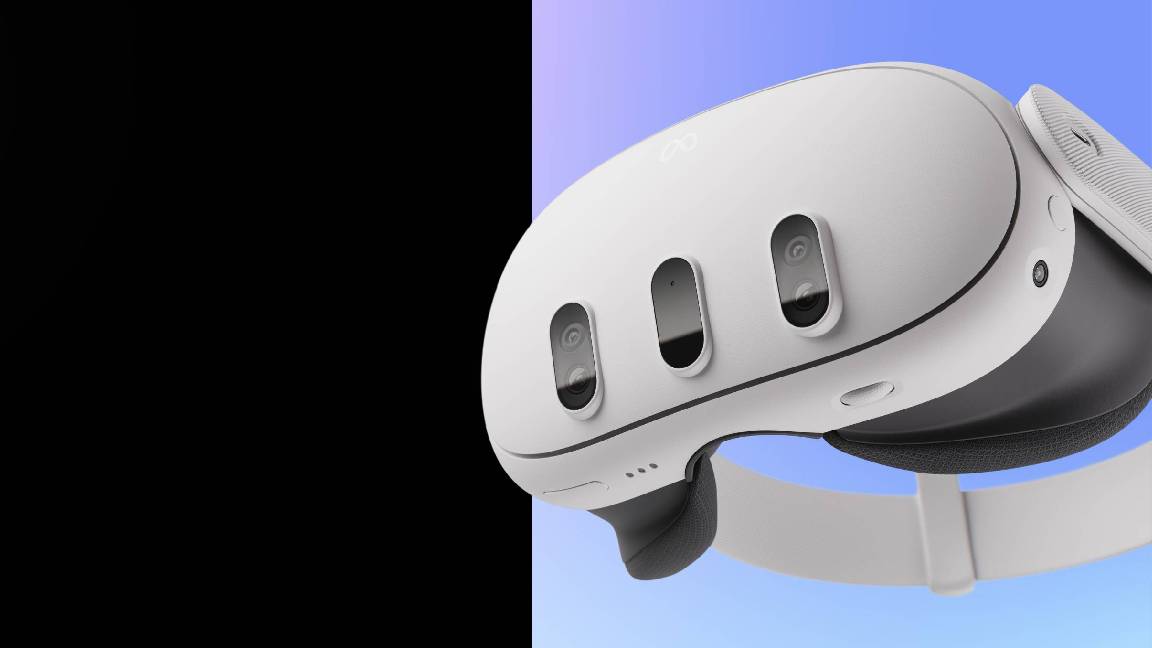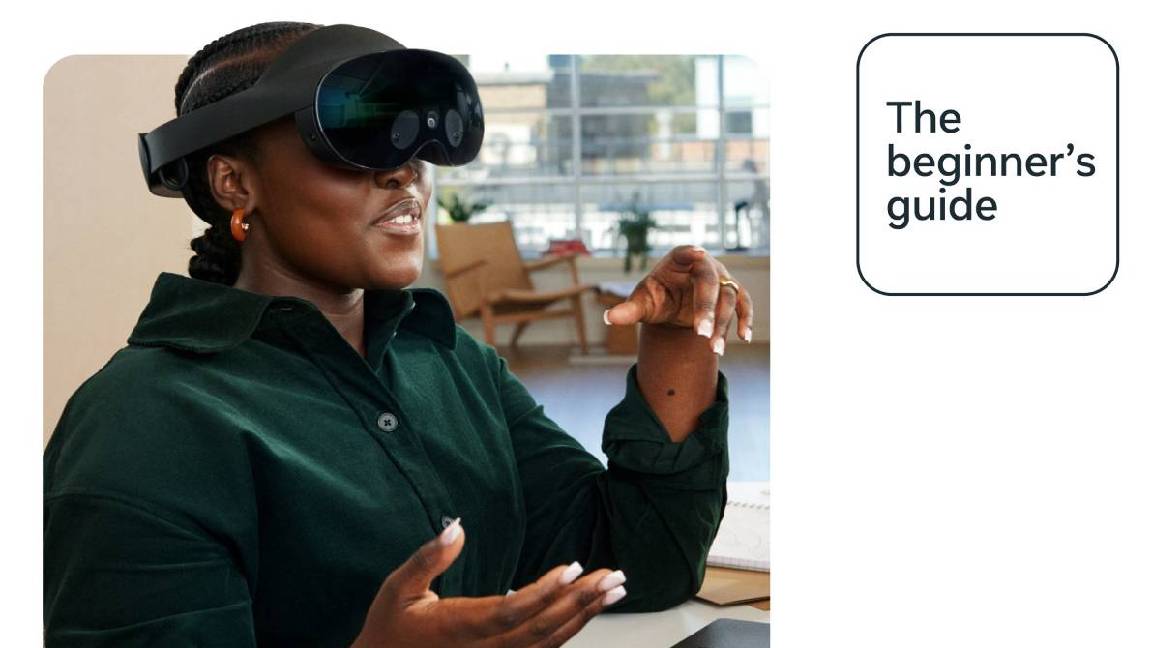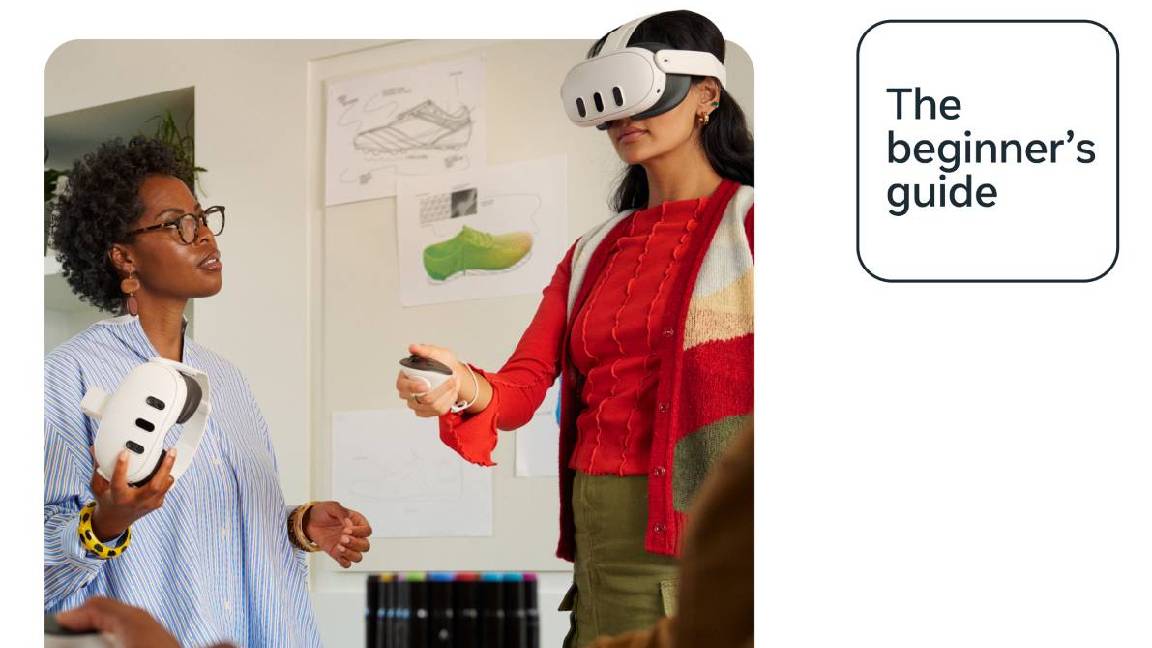Cisco brings Quad to 5,000 Virgin seats
Virgin opts for Cisco for its collaboration needs, with Quad at the core of the deal.


Cisco's unified communications and collaboration technology is to appear at 5,000 seats at Virgin Media, on a pay-as-you-go deal.
The agreement will see the Quad platform, a rival to Microsoft's SharePoint and Salesforce.com software amongst others, installed in various departments at the major UK ISP.
WebEx and other unified communications software will be taken up by Virgin employees too, following a trial of 1,000 seats.
Virgin will be paying on a per-user per-month basis and running the software from Cisco UCS servers in its data centre alongside other boxes, Keith Griffin, technical leader in engineering at Cisco, told IT Pro.
We are looking at extending the deployment models for Quad.
"Right now Quad is being delivered via a private cloud, so it is deployed within the Virgin Media data centre," Griffin said.
He revealed Cisco was looking at a cloudier way of providing Quad to customers.
Sign up today and you will receive a free copy of our Future Focus 2025 report - the leading guidance on AI, cybersecurity and other IT challenges as per 700+ senior executives
"We are looking a multiple different models, including the WebEx model. We haven't announced anything in that area yet, but we are looking at extending the deployment models for Quad," Griffin added.
"For now our main focus is inside the enterprise and that's really been driven by large enterprise customers wishing to stay within that model. But we are also seeing requirements for deployments coming straight from the cloud as well and we will react to that I would think."
Griffin said one of the main drivers for Virgin was the ability to use Quad on different devices, on the web and via native apps.
Prior to the Cisco implementation, Virgin had limited collaboration technologies on board and was largely relying solely on phone and email, according to Griffin.
"The culture that Virgin Media wanted to achieve was to really drive the concept of social collaboration, so allowing people to interact more in a more ad hoc way and also have more visibility to see what other people are doing," he added.
Tom Brewster is currently an associate editor at Forbes and an award-winning journalist who covers cyber security, surveillance, and privacy. Starting his career at ITPro as a staff writer and working up to a senior staff writer role, Tom has been covering the tech industry for more than ten years and is considered one of the leading journalists in his specialism.
He is a proud alum of the University of Sheffield where he secured an undergraduate degree in English Literature before undertaking a certification from General Assembly in web development.
-
 Gender diversity improvements could be the key to tackling the UK's AI skills shortage
Gender diversity improvements could be the key to tackling the UK's AI skills shortageNews Encouraging more women to pursue tech careers could plug huge gaps in the AI workforce
-
 Researchers claim Salt Typhoon masterminds learned their trade at Cisco Network Academy
Researchers claim Salt Typhoon masterminds learned their trade at Cisco Network AcademyNews The Salt Typhoon hacker group has targeted telecoms operators and US National Guard networks in recent years
-
 Cisco unveils first product integrations since Splunk acquisition
Cisco unveils first product integrations since Splunk acquisitionNews Cisco said the combination of observability technologies will enable customers to spot infrastructure problems faster
-
 Cisco CEO Chuck Robbins thinks AI adoption is going to be like the cloud transition “on steroids”
Cisco CEO Chuck Robbins thinks AI adoption is going to be like the cloud transition “on steroids”News Cisco is well positioned to guide enterprises through their generative AI adoption journeys, according to CEO Chuck Robbins
-
 Future trends, changing work today
Future trends, changing work todaywhitepaper The Ultimate Guide
-
 Go virtual in 3 steps, with Forrester
Go virtual in 3 steps, with Forresterwhitepaper Put virtual reality technology to work in your business
-
 VR Diaries: Forrester
VR Diaries: ForresterWebinar Put virtual reality technology to work in your business
-
 Mixed reality for work
Mixed reality for workwhitepaper The ultimate guide
-
 Meet in VR: The beginner's guide
Meet in VR: The beginner's guidewhitepaper Seven meeting challenges VR can help you solve
-
 Learn in VR: The beginner's guide
Learn in VR: The beginner's guidewhitepaper Seven training challenges VR can help you solve
